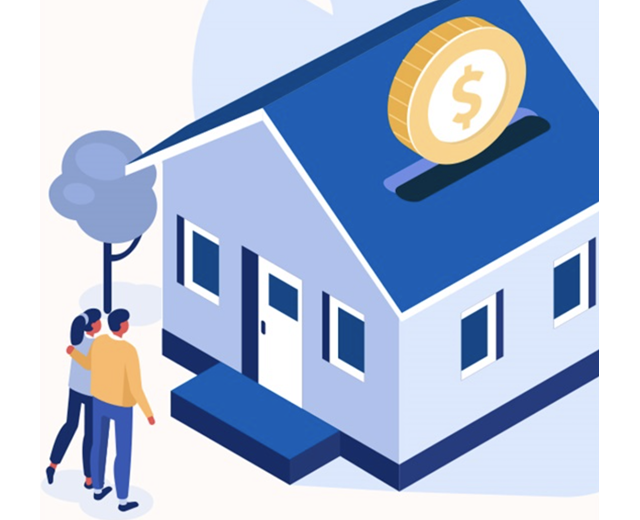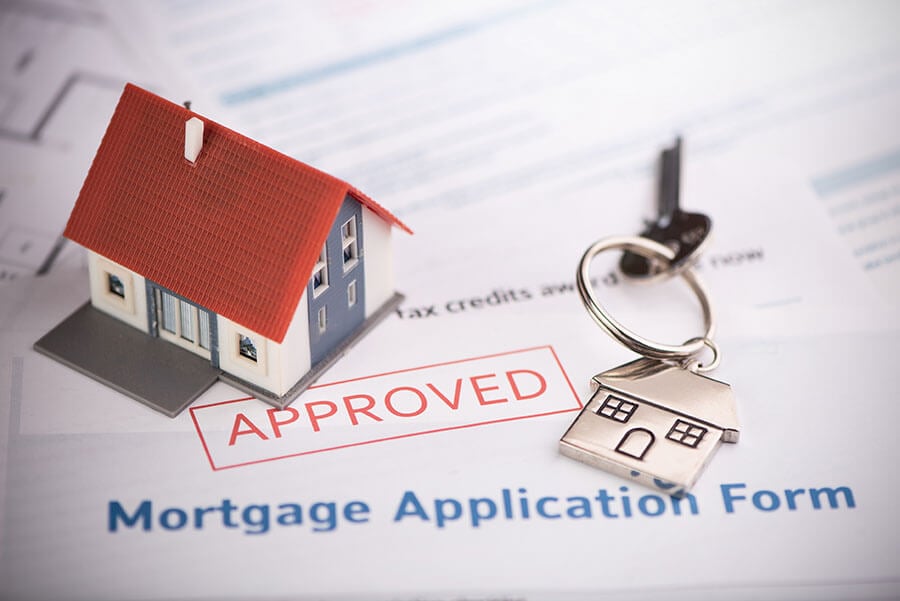A Full Summary of Conventional Mortgage Loans for First-Time Buyers
A Full Summary of Conventional Mortgage Loans for First-Time Buyers
Blog Article
The Essential Elements to Consider When Picking In Between Fixed-Rate and Variable-rate Mortgage Financings
When examining home mortgage options, customers encounter a pivotal decision between adjustable-rate and fixed-rate loans, each providing prospective risks and distinctive advantages. Secret factors to consider such as rates of interest stability, predictability in month-to-month settlements, and the ramifications of possible rate modifications can dramatically impact lasting financial health and wellness. Comprehending the awaited duration of homeownership and the general cost of loaning can shape one's method. As these elements link with individual financial scenarios and run the risk of tolerance, the ramifications of this choice might not be as uncomplicated as they appear. What subtleties should be prioritized in this critical decision-making process?
Rates Of Interest Security
When choosing a mortgage, comprehending rate of interest stability is essential for educated decision-making. Interest prices can significantly influence the overall price of a mortgage, and acknowledging the nature of these rates is necessary for borrowers. Fixed-rate home loans provide the benefit of constant month-to-month repayments over the life of the finance, protecting borrowers from market variations. This security enables house owners to plan their funds with greater assurance, as they will certainly not be affected by increasing rate of interest.
On the various other hand, variable-rate mortgages (ARMs) begin with reduced preliminary prices that may alter occasionally based on market problems. While this can result in lower settlements at first, it additionally introduces uncertainty, as consumers may face raised repayments if passion rates climb. For those thinking about an ARM, it is essential to assess the possibility of price changes, the potential for repayment boosts, and the length of the initial fixed-rate period.
Ultimately, the choice in between fixed-rate and adjustable-rate mortgages depends upon specific danger tolerance and economic scenarios. Understanding rates of interest security aids consumers make educated choices that line up with their long-term financial objectives.
Regular Monthly Payment Predictability
While borrowers usually prioritize interest price security, the predictability of monthly settlements is just as essential in the mortgage option process (Conventional mortgage loans). Monthly repayment predictability plays a vital role in budgeting and economic preparation, as it directly influences a property owner's cash circulation and general financial wellness
Fixed-rate home loans offer a regular regular monthly settlement throughout the life of the finance, enabling consumers to expect and intend their costs effectively. This security can be particularly useful for novice buyers or those on a set earnings, as it removes the uncertainty related to varying settlements.
On the other hand, variable-rate mortgages (ARMs) commonly feature reduced first repayments that can alter over time, bring about possible variability in regular monthly commitments. While initially attractive, this changability can make complex financial planning, particularly if customers do not make up future rate modifications.
Possible Rate Adjustments
In the realm of adjustable-rate mortgages (ARMs), potential rate adjustments stand for a substantial factor that customers need to meticulously consider. Unlike fixed-rate mortgages, where the rate of interest remains unchanged for the life of the finance, ARMs are identified by rising and fall rate of interest that are tied to market indices. This variability can lead to substantial changes in monthly payments, impacting the borrower's financial planning and budgeting.
Consumers need to be aware of the margin and index made use of to determine these adjustments, as they straight affect future rate of interest prices. Additionally, ARMs typically consist of caps that restrict just how much learn the facts here now the rate of interest price can boost at each change and over the life of the funding, which can offer some degree of protection against radical rate hikes.
Understanding these possible modifications is vital for debtors, as they straight impact lasting repayment obligations. Consequently, evaluating individual financial circumstances and risk tolerance is crucial when choosing whether an ARM straightens with one's financial goals.
Car Loan Term Factors To Consider
Loan term factors to consider play a critical duty in the decision-making procedure for borrowers choosing between fixed-rate and adjustable-rate home loans. The length of the financing term considerably affects month-to-month payments, passion prices, and total monetary planning.

Inevitably, debtors should assess their individual scenarios, monetary objectives, and market problems when evaluating the implications of financing term selections within each home loan kind.

Overall Price of Borrowing
The total expense of borrowing is a critical element that can considerably affect a debtor's selection between fixed-rate and adjustable-rate home mortgages. Fixed-rate mortgages supply predictable month-to-month payments, as the rate of interest remains consistent throughout the financing term. This predictability can cause reduced general prices, especially in a steady or decreasing rate of interest price atmosphere. Consumers can budget plan successfully, knowing their settlements will certainly not change.
Alternatively, adjustable-rate mortgages (ARMs) normally begin with reduced first prices, causing lowered upfront costs. These rates can increase after an initial duration, leading to possibly higher lasting prices. Consumers have to take into consideration the regularity and level of price changes, along with the total financing period, to precisely examine the monetary ramifications.
Furthermore, the overall cost of loaning includes not only rate of interest but also costs and various other connected expenses, such as closing prices and insurance policy (Conventional mortgage loans). When assessing mortgage options, debtors must perform a detailed cost evaluation over the life of the financing. By doing so, they can internet make an informed choice that aligns with their financial objectives and run the risk of tolerance
Final Thought
Rate of interest price security and month-to-month payment predictability are critical this article for efficient budgeting, while the possibility for price changes in ARMs introduces financial uncertainty. Furthermore, the expected period of homeownership and the total price of borrowing, including rate of interest prices and associated fees, need to straighten with specific financial circumstances and risk tolerance.
Key considerations such as rate of interest rate stability, predictability in regular monthly repayments, and the implications of prospective rate adjustments can considerably influence long-term economic wellness. Rate of interest prices can significantly impact the general price of a home loan, and recognizing the nature of these rates is important for borrowers. Unlike fixed-rate mortgages, where the passion rate remains unmodified for the life of the lending, ARMs are characterized by rising and fall passion rates that are tied to market indices. In addition, ARMs usually consist of caps that limit just how a lot the interest price can boost at each modification and over the life of the lending, which can give some degree of protection versus radical price walkings.
Interest price stability and month-to-month repayment predictability are critical for reliable budgeting, while the capacity for price modifications in ARMs introduces monetary uncertainty.
Report this page